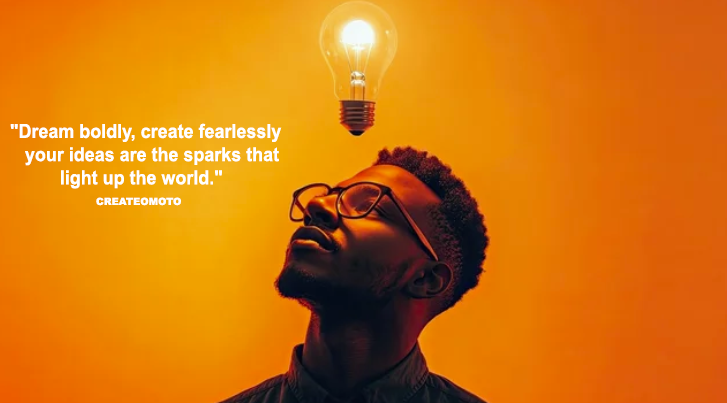
In the intricate journey of creation, there lies a critical phase often overlooked by the untrained eye: product prototype creation. This isn’t merely about testing out an idea but about understanding and refining the very soul of a concept. Creating a prototype is the difference between a concept that flickers and fades and one that takes on life, form, and undeniable value. Prototypes are the tangible previews of what your idea could become, the bridge between the abstract and the real. But how does one go about creating a prototype that genuinely conveys the essence of an idea?
Early Sketches: The Spark
Every product, no matter how advanced, starts with a simple sketch. This isn’t your final blueprint but rather the initial expression of an idea’s potential, a crude drawing that captures the key components, shapes, and functionality of what’s imagined. In these first moments, it’s crucial to focus on the “why” and “how” behind your product—why this idea deserves to come to life and how it might serve its intended purpose. Capturing these core elements helps give clarity to the purpose of the prototype.
At this stage, simplicity is key. Sketches on paper or digital tools serve as a flexible foundation for revisions, additions, or adjustments. A recent guide by InVision highlights the importance of using sketches not as an endpoint but as a way to explore the facets of an idea. By allowing for edits and reimaginations, sketches become the ideal testing ground for initial thoughts and creative bursts.
Material Selection: The First Realization
When moving from sketches to something tangible, material choice becomes essential. Material is not just about durability or cost but about conveying the prototype’s character. Some ideas demand the transparency of acrylic, allowing users to see inner workings; others might call for the sturdiness of wood or the versatility of resin. Here, you make decisions that affect the feel, weight, and interaction with your product.
The selection often depends on the prototype’s stage—early ones might be rough and inexpensive, while later models demand precision and authenticity. Materialise provides insightful guidelines on which materials are most compatible with particular product goals. By aligning material with purpose, creators ensure the prototype gives a true sense of the final product’s intended user experience.
Designing for Usability and Feedback
Prototype creation is an iterative process; the first build is rarely the last. Each iteration needs to account for usability—how easily can someone engage with this product? Imagine a small handle crafted for a specific grip; in theory, it may seem perfect, but only testing will reveal its true functionality. This is the stage where designers pay attention to feedback, tweaking and refining based on real interactions and observations.
By involving users early, creators avoid costly redesigns later. This phase of testing and feedback serves as a sounding board, amplifying the prototype’s strengths while addressing weak points. UX Planet offers valuable insights on gathering feedback effectively, emphasizing the importance of understanding user interactions in refining product usability. A good prototype not only showcases an idea but invites critique, serving as a collaborative tool in the design process.
Crafting the Aesthetic Experience
Moving from functionality to aesthetics may feel like a jump, yet these elements are intertwined. A product’s look often communicates its purpose, value, and even its target audience. The color scheme, contours, and surface texture all add layers to the user’s experience, making a product feel either friendly and accessible or sleek and exclusive. Designers understand that the right aesthetics can foster a personal connection between a product and its users.
Consider whether the product is meant to evoke simplicity or sophistication. For example, soft edges and pastel colors might appeal to a family-oriented product, while metallic finishes and sharp lines could indicate a tech gadget aimed at professionals. This stage also considers brand alignment, ensuring the design visually echoes the values and identity of the brand.
Testing for Real-World Conditions
Prototypes aren’t built to sit on shelves; they’re made to be tested. And this testing goes beyond mere functionality—it’s about observing how the product endures real-world conditions. Will it withstand heat, pressure, or moisture? Can it handle the wear and tear of daily use? The only way to understand these limitations is to place the prototype in environments similar to where the final product will exist.
Prototypes that pass this test with flying colors inspire confidence in stakeholders and potential investors. Real-world testing is not simply a step in the process but a validation, an assurance that the product isn’t just a concept but a viable, durable solution.
Iterating Towards Perfection
A prototype’s journey from concept to completion is a story of evolution, a series of refinements, adjustments, and enhancements. Each iteration peels away what doesn’t work and amplifies what does. In time, the prototype morphs into something strikingly close to the envisioned final product, capturing not only functionality but also an undeniable sense of purpose and polish.



0 Comments